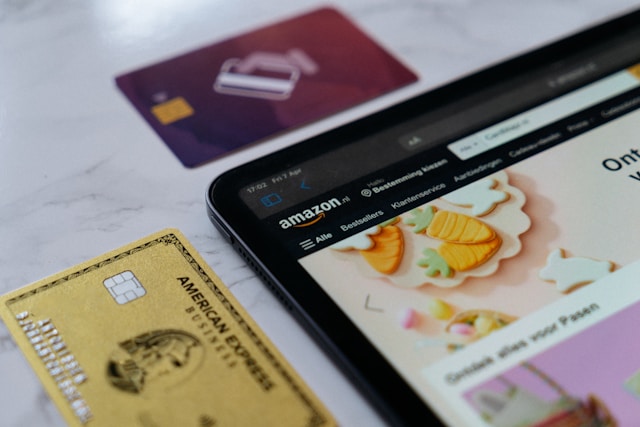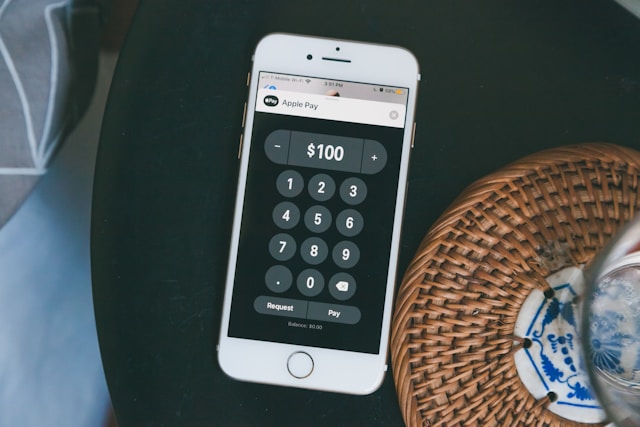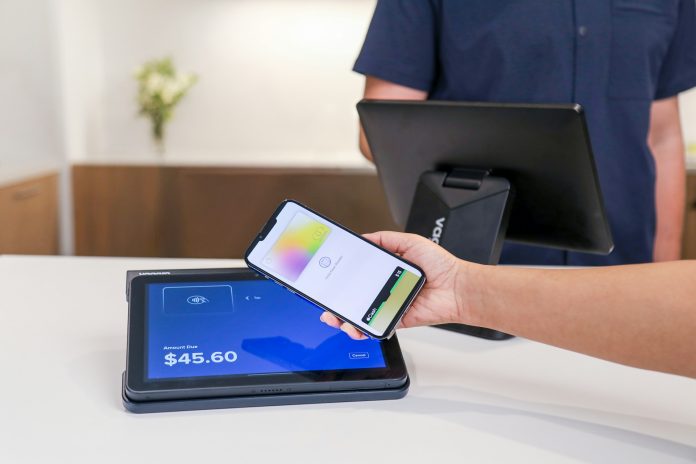Switching to a virtual card can feel like a big step, especially if you’ve been using physical credit or debit cards for years. With growing concerns about online privacy, fraud protection, and payment flexibility, many people are making the transition. But before you make the switch, it’s important to understand how these digital cards work and what to expect when managing them.
Platforms like zil.us offer the ability to create virtual payment cards that link to your actual bank account or a funding source without exposing your real card information. These cards are commonly used for online shopping, subscriptions, and even business expenses. While the benefits are many, there are key things to consider before making them part of your financial routine.
Unlike traditional cards, a virtual card is not a physical object. Instead, it’s a unique set of numbers that functions just like a real credit card—complete with a 16-digit number, expiration date, and security code. This digital format allows for fast issuance, easy customization, and increased security, but it also requires you to manage your card data digitally and stay organized.

It’s important to know that a virtual card is typically accepted wherever online credit card payments are supported. However, you may run into limitations when using it for certain transactions that require physical swiping or verification, such as car rentals or hotel check-ins. Understanding these scenarios will help you decide when and where a virtual card is the right choice.
One crucial thing to keep in mind is how you’ll manage multiple virtual cards if you plan to use them for different services. For instance, you might create one for streaming subscriptions, another for travel bookings, and a third for personal online shopping. This can help with budgeting and fraud control but will require consistent tracking to avoid confusion.
Reasons to Consider the Switch
The appeal of virtual cards lies in their flexibility and control. You can create single-use cards, limit their spending, or restrict them to specific merchants. This level of customization makes them ideal for both personal and business use. They’re particularly useful when trying out unfamiliar online stores or managing recurring payments that you may want to cancel quickly.
Key Advantages You Might Enjoy
- Enhanced Security: Hide your real card number and reduce exposure to fraud.
- Custom Limits: Set spending caps to avoid overspending or surprise charges.
- Easy Management: Instantly freeze or cancel a card when needed.
Another important consideration is how virtual cards integrate with your current financial tools. Some platforms offer mobile apps or browser extensions to help you autofill card details during checkout. If you frequently shop online, this can save time while keeping your transactions secure.
Using a virtual card for subscriptions or services is also a smart way to prevent unwanted renewals. If a service tries to charge your card after cancellation, you can simply deactivate the card assigned to that vendor. This gives you a level of control traditional cards don’t offer.

Limitations You Should Be Aware Of
Virtual cards aren’t perfect for every situation. They don’t work well for in-person purchases unless linked to a digital wallet like Apple Pay or Google Pay. And since many virtual card platforms don’t issue a physical backup card, you should always have an alternative payment method available for emergencies.
- Not for All Merchants: Some stores and services may require a physical card.
- Extra Setup: Managing multiple cards takes more planning.
- Digital Dependence: Requires access to apps or dashboards to retrieve card details.
Ultimately, switching to a virtual card offers a higher level of security and convenience for online spending. But like any financial tool, its effectiveness depends on how well you understand its features and limitations. With proper planning, virtual cards can become an essential part of your secure digital lifestyle.









